How to Choose the Best Electric Solo Car for Your Lifestyle
As the demand for eco-friendly transportation options continues to rise, many individuals are considering the benefits of an Electric Solo Car for their everyday needs. These innovative vehicles offer a convenient and sustainable alternative to traditional cars, making them an appealing choice for various lifestyles. Whether you are a bustling city dweller looking for a compact and efficient solution or a weekend adventurer seeking a reliable ride, selecting the right Electric Solo Car can be a daunting task. With numerous models and features available, it's essential to assess your personal requirements, preferences, and habits to ensure you make the best decision. In this guide, we will explore key factors to consider when choosing an Electric Solo Car that aligns with your lifestyle, helping you navigate the options available in this exciting and rapidly evolving market.
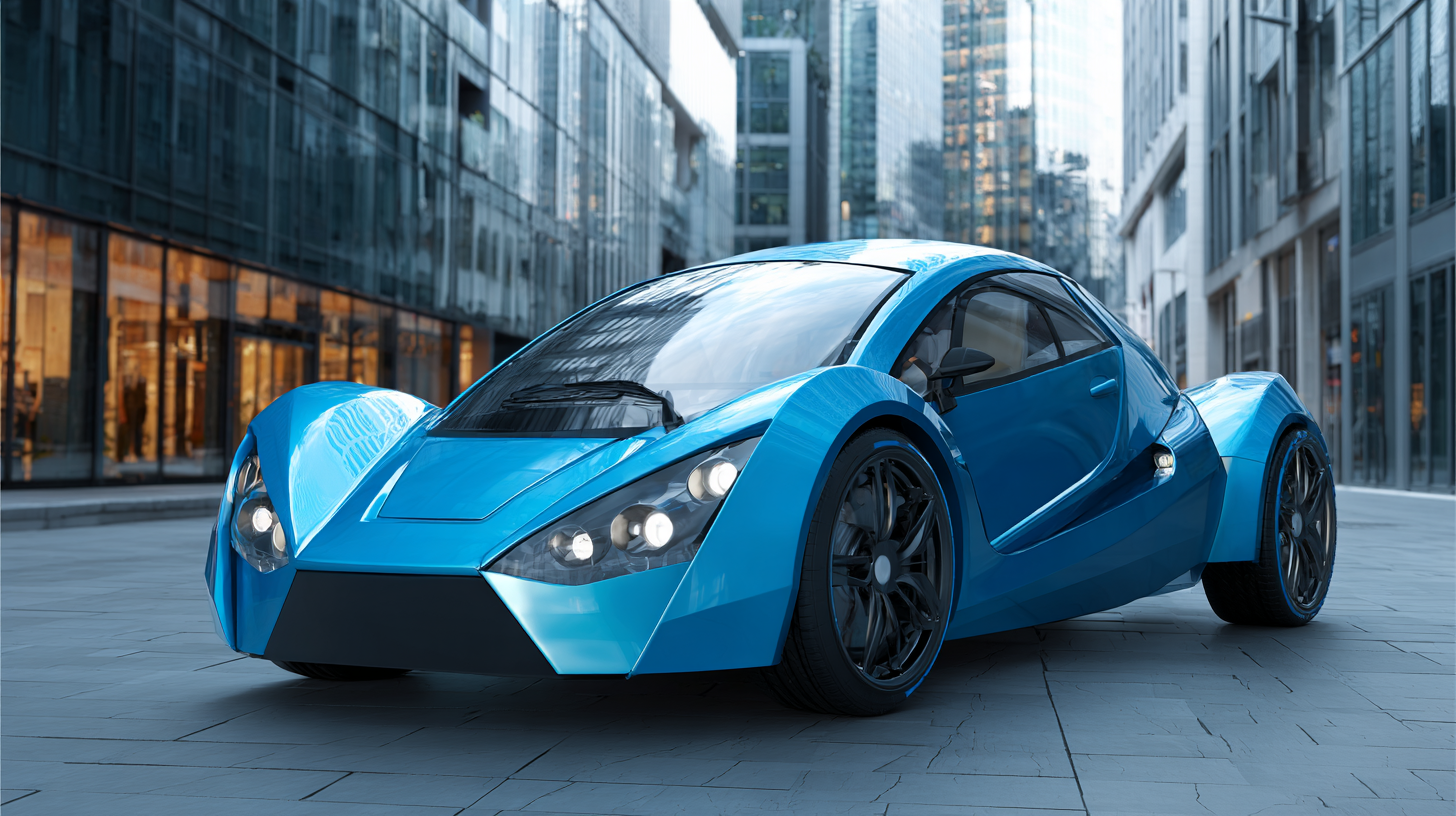
Identifying Your Daily Driving Needs and Habits
When choosing the best electric solo car, it’s crucial to identify your daily driving needs and habits. Understanding how you typically use your vehicle can significantly influence your decision. For instance, consider the distances you travel regularly. If your commutes are short, you may benefit from a model with a smaller battery, which can save costs and reduce weight. Conversely, if you often take longer trips, opting for a vehicle with an extended range may be wise to avoid any charging anxiety.
**Tips**: Keep a diary of your driving patterns for a week, noting trip lengths and frequencies. This can help you discern which features are most valuable to your lifestyle. Additionally, consider your charging options at home and work. Are there ample charging stations nearby, and do they meet your needs during peak times? Evaluating your charging behavior will aid in finding a model that complements your daily routine without causing additional stress.
Lastly, don't forget to evaluate how your driving habits can impact the overall value of your vehicle. Avoid common pitfalls like excessive wear and tear, which can detract from your car's resale value. By aligning your electric car choice with your driving patterns, you ensure a seamless ownership experience that matches your lifestyle.
Daily Driving Needs for Electric Solo Cars
Assessing Your Budget for an Electric Solo Car
When considering the purchase of an electric solo car, assessing your budget is a crucial first step. Electric vehicles (EVs) typically have a higher initial cost compared to traditional gasoline cars, which can influence your overall financial planning. Begin by establishing a clear budget that covers not only the purchase price but also additional expenses such as taxes, registration fees, and insurance. Remember to factor in potential savings from government incentives or rebates that many regions offer for electric vehicle buyers.
After determining your budget, it's essential to compare the various models available within your price range. Look for electric solo cars that meet your specific needs while ensuring long-term value. Reviews and comparisons can provide insight into features like battery life, maintenance costs, and charging options. Additionally, consider the total cost of ownership over time, including energy consumption and potential savings on fuel. By carefully evaluating your finances and the market options, you can find the best electric solo car that aligns with your lifestyle and budget preferences.
Evaluating Range, Charging Options, and Battery Life
When selecting the best electric solo car for your lifestyle, it's crucial to evaluate range, charging options, and battery life closely. The range of an electric car refers to the maximum distance it can travel on a single charge, which can significantly affect your daily commute and weekend adventures. For urban dwellers or those with shorter travel needs, a vehicle with a modest range may suffice. However, if you frequently take longer trips or live in a rural area, opting for a model with an extended range is essential to avoid frequent charging interruptions.
Charging options also play a vital role in your decision-making process. Evaluate whether you have access to convenient home charging solutions or if you'll need to rely on public charging infrastructure. Fast-charging capabilities can vastly improve the convenience of owning an electric solo car, allowing you to recharge in a fraction of the time it takes with standard chargers. Furthermore, consider the battery life of the car, as this impacts not only how long the vehicle can run before needing a charge but also the longevity and cost-effectiveness over time. Comprehensive research into these elements will ensure that you choose an electric solo car that aligns well with your daily routines and adventures.
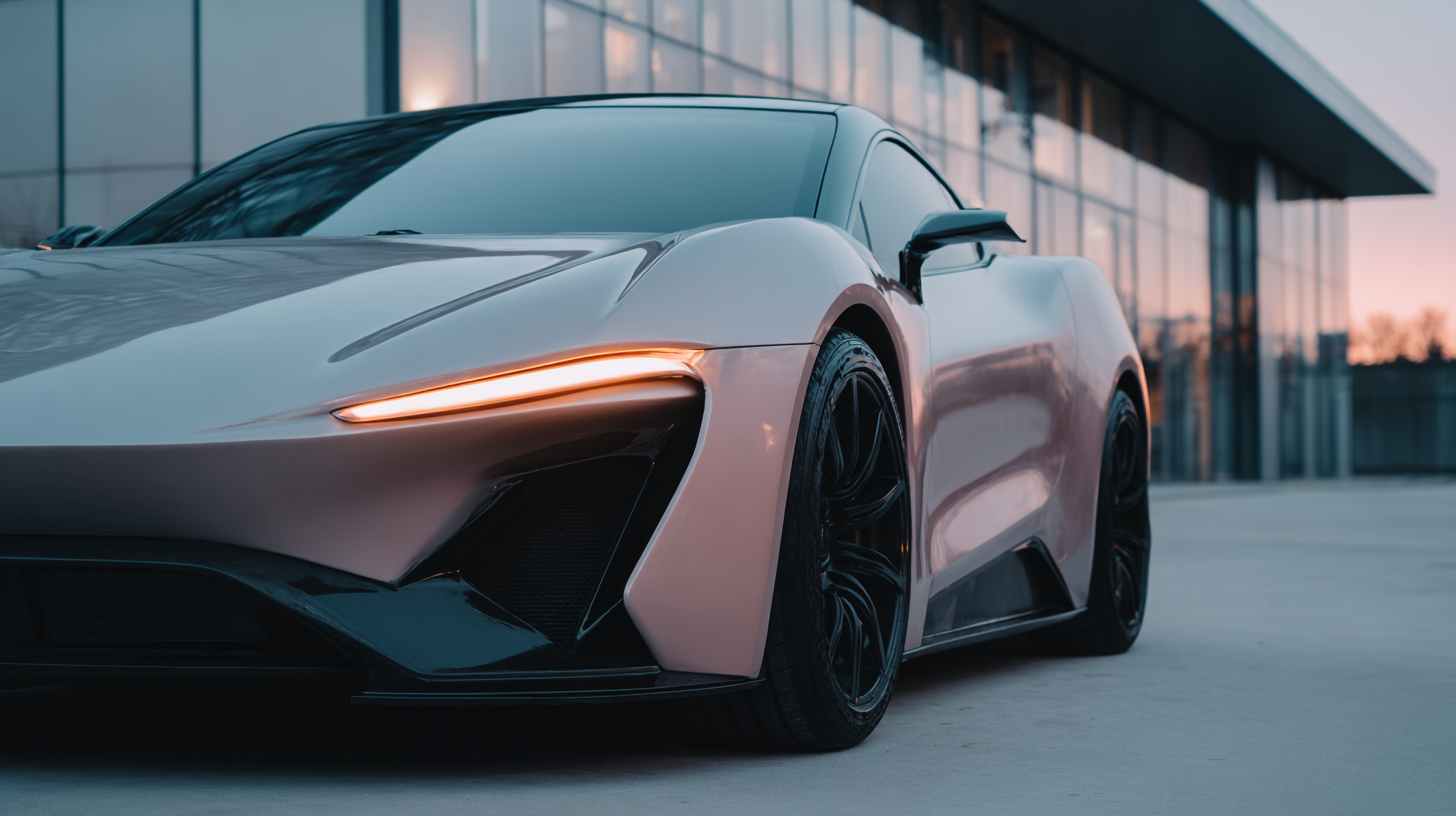
Considering Comfort, Safety Features, and Technology
When choosing the best electric solo car for your lifestyle, prioritizing comfort, safety features, and technology is essential. Comfort begins with an ergonomic design tailored for solo drivers, offering ample legroom and supportive seats. According to a study by the Automotive Research Center, over 70% of electric vehicle (EV) owners prioritize interior comfort, which significantly influences their overall satisfaction. Features such as adjustable seating positions, climate control, and noise reduction technology enhance the driving experience, making rides more enjoyable.
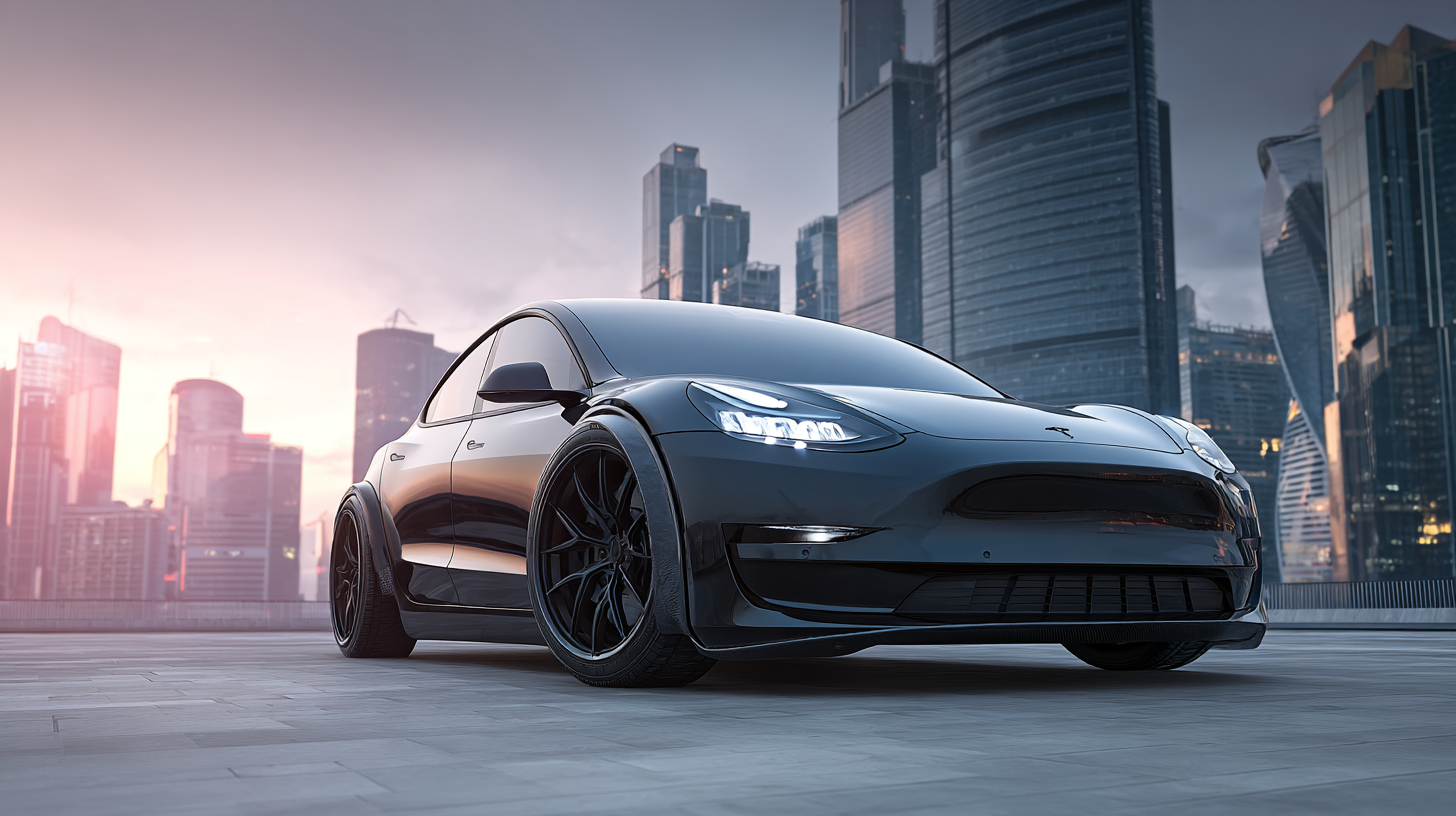
Safety features are another critical consideration. Modern electric solo cars come equipped with advanced safety technologies, including automatic emergency braking, lane departure warnings, and adaptive cruise control. The Insurance Institute for Highway Safety (IIHS) reported that EVs tend to have lower accident rates due to these integrated safety systems. Furthermore, the growing trend of incorporating advanced driver-assistance systems (ADAS) in electric vehicles can dramatically reduce the likelihood of accidents, making safety a top priority for single drivers concerned about road hazards.
Technology is also a determining factor in the selection process. Many electric solo cars now feature cutting-edge infotainment systems with smartphone integration, voice control, and navigation assistance. Research from the Consumer Technology Association indicates that 85% of consumers desire advanced connectivity features in their vehicles. As a result, investing in a model with comprehensive technology options not only enhances convenience but also aligns with the digital lifestyle that many solo drivers prefer.
Researching Available Models and Reading User Reviews
When selecting the best electric solo car for your lifestyle, delving into user reviews can provide invaluable insights. User experiences often highlight practical aspects that specifications might overlook, such as driving comfort, battery performance, and real-world range. Feedback from actual users can guide you in understanding the day-to-day usability of the vehicle, which is essential for making an informed decision. Reviews may also point out potential issues or highlight features you may not have considered, helping you avoid any surprises down the road.
Additionally, researching available models through reputable automotive sites and forums can help you compare various options side by side. Look for specific reviews that focus on areas such as reliability, customer service experiences, and the manufacturer’s reputation. Engaging with online communities or social media groups can also connect you with current owners willing to share their experiences. By gathering a broad range of user feedback and thoroughly assessing model offerings, you can ensure that your choice complements both your daily routine and long-term goals.
How to Choose the Best Electric Solo Car for Your Lifestyle
| Model | Range (miles) | Charging Time (hrs) | Seats | Price ($) | User Rating (out of 5) |
|---|---|---|---|---|---|
| Model A | 250 | 4 | 2 | 25,000 | 4.5 |
| Model B | 300 | 6 | 4 | 30,000 | 4.2 |
| Model C | 200 | 2 | 2 | 22,000 | 4.0 |
| Model D | 150 | 8 | 1 | 20,000 | 3.8 |
Related Posts
-

How to Choose the Right Tricycle for Electric Travel
-
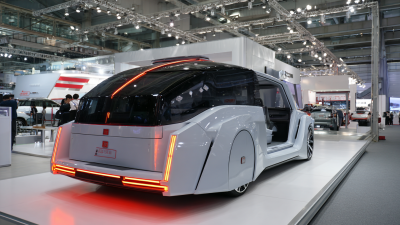
Electric Wagon Car Innovations on Display at the 2025 China Import and Export Fair
-
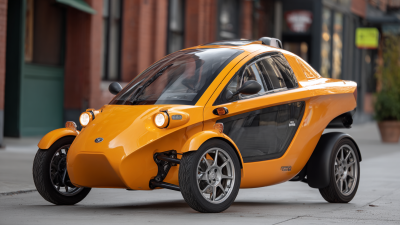
How to Choose the Best Tiny Two Seater Car for Urban Driving: Key Features and Market Insights
-

7 Essential Tips for Choosing the Best Electric Trike for Adults
-

How to Choose the Perfect Electric Off Road Car for Your Next Adventure
-

Essential Checklist for Choosing the Perfect Tiny Cars for Adults: Key Features and Top Models







